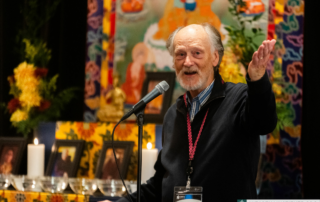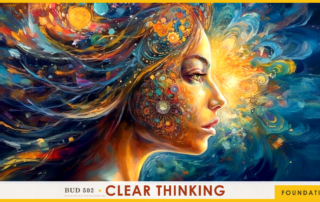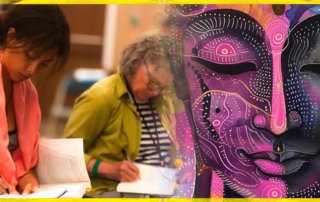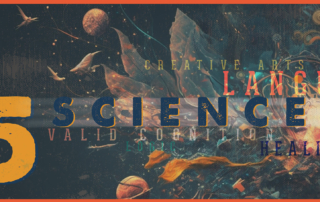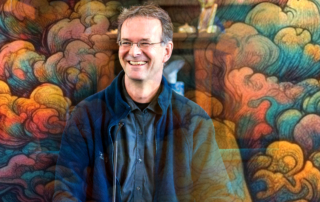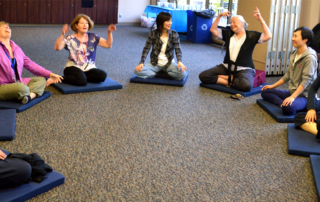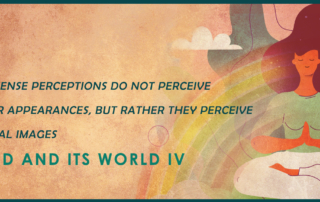Buddha Nature: The Most Powerful Antidote
Buddha Nature: The Most Powerful Antidote Written by Israel Lifshitz We, as 21st century Westerners, have a strong historical, religious and cultural background of low self-esteem and self-deprecation. Our ideas about sin and guilt are so deeply ingrained that even the non-religious, free thinking scientist Sigmund Freud said in Civilization and Its Discontents: "Due to our own psychic constitution we have a limited capacity for virtue and happiness, and therefore, we must feel satisfied with a moderate level of mental balance and wellbeing."* This is not a minor issue. It can even work as our biggest obstacle to progressing along the Buddhist path. If deep down in our

